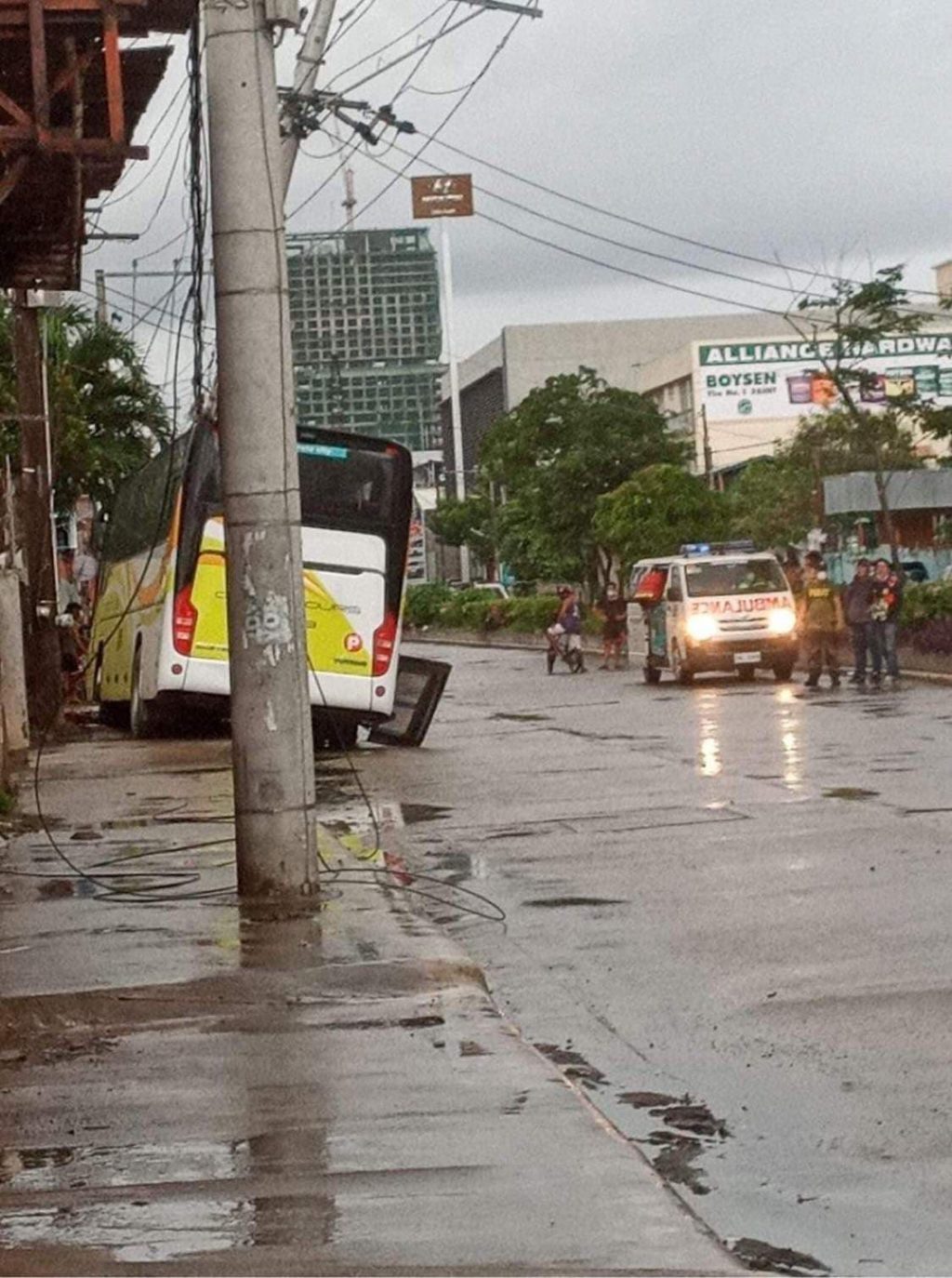LTO-7 to LGUs: Uphold speed limit to avoid accidents

The Land Transportation Office in Central Visayas or LTO-7 is encouraging local government units to strictly impose the speed limits in their areas to avoid accidents. | file photo
CEBU CITY, Philippines — The Land Transportation Office in Central Visayas (LTO-7) is urging local government units (LGU) to uphold the speed limit for vehicles to prevent accidents on the road.
This was the response of LTO-7 to the recent accidents caused by buses plying Metro Cebu, particularly the Ceres Bus Liners.
Read: Joint Memorandum Circular No. 2018 of DOTr, DPWH, DILG
The agency emphasized the Department of Transportations’ (DOT) position on the Joint Memorandum Circular No. 2018-001 of DOTr, Department of Public Works and Highways (DPWH), and Department of Interior and Local Government (DILG) which states the “Guidelines and Standards for the Classification of Roads, Setting of Speed Limits Under Republic Act No. 4136, and Collection of Road Crash Data.”
Under the memorandum, the Sangguniang Panlungsod or Sangguniang Bayan may enact a speed limit ordinance for purposes of local enforcement.
All national roads with passenger cars, motorcycles, and similar vehicles shall have an allowable speed limit of 80 kph for open road; 40 kph for through street; and 20 kph for the crowded street.
While motor trucks, buses, and similar vehicles shall have an allowable speed limit of 50 kph for the open road; 30 kph for through street, and 20 kph for the crowded street.
Likewise, all Provincial, Municipal, City, and Barangay roads are mandated to classify their roads to set the appropriate speed limits.
“Speeding is the most important contributor to road fatalities and is at the core of the road injury as it is both a crash risk and a crash severity. The setting and strong enforcement of speed limits are among the most effective interventions in significantly reducing road crashes and road crash fatalities and injuries… The participation of local government units is vital in improving the level of speed limit enforcement in the Philippines,” read the JMC 2018-001.
Read: CCPO wants to be part of meeting between LTFRB and management of ambulance and bus involved in crash
As for the multiple incidents, the results of LTO-7’s investigation shows that the “reports do not indicate any defect in the structural integrity of the buses, they are presumed to be road-worthy at the time of these incidents.”
LTO-7 was invited by the Chairman of the Committee on Transportation of the House of Representatives, Representative Edgar Mary Sarmiento on the Motu Propio Inquiry on the recent bus accidents in the Province of Cebu.
The said hearing took place last Wednesday, November 4 which was attended by LTO 7 Regional Director Victor Emmanuel Caindec.
Caindec said that regulatory oversight over public transportation belongs to the Land Transportation Franchising and Regulatory Board (LTFRB) where the agency had the primary power and function to conduct investigations and hearings of complaints about violation of the public service laws on land transportation.
“LTO intervenes only to adjudicate over contests involving the findings of the PNP. We respectfully submit that the primary investigating agency is not the LTO nor does it exercise primary responsibility in the investigation of road mishaps,” read a portion of Caindec’s reply on the motu propio inquiry.
Read: Ceres bus rep says families of killed cyclists opt to settle amicably
Based on LTO 7’s observations, one of the factors, which highly influenced and contributed to the risk of road accidents, is when vehicles and non-motorized transport are allowed to co-exist simultaneously.
LTO 7 also observed that it was risky for big buses and trucks that were not designed to traverse small roads but were being allowed to do so.
Furthermore, the agency observed that non-observance of speed limits imposed by LGUs, congestion of roads by buses, bicycle, and motorcycles, lack of bike lanes implementation, and lack of stricter implementation of designated bus stops were the factors of the road accidents.
LTO 7 hereby concludes that a cohesive structure of how the roads are to be allocated within the various LGUs in Metro Cebu and to harmonize these policies across all the LGUs in Cebu is needed.
The agency also revealed that currently, there were no existing policies that address the concerns.
Likewise, LTO 7 said that they have always actively been at the forefront of implementing the Land Transportation Office’s Road Safety Action Plan./dbs
Disclaimer: The comments uploaded on this site do not necessarily represent or reflect the views of management and owner of Cebudailynews. We reserve the right to exclude comments that we deem to be inconsistent with our editorial standards.
